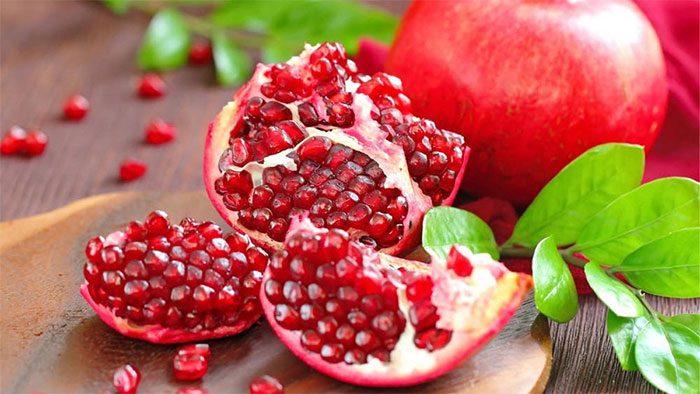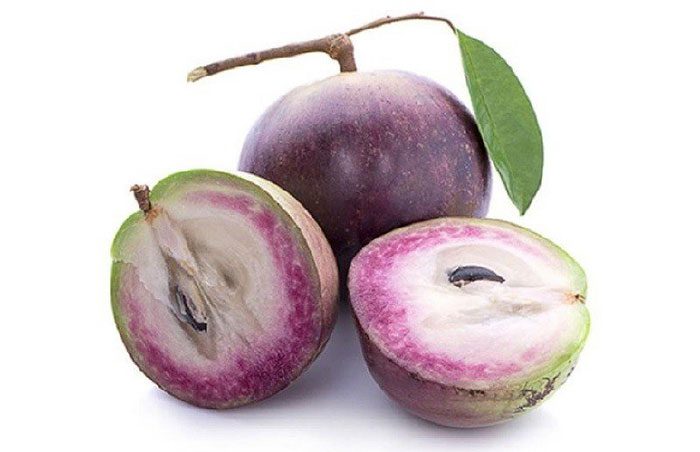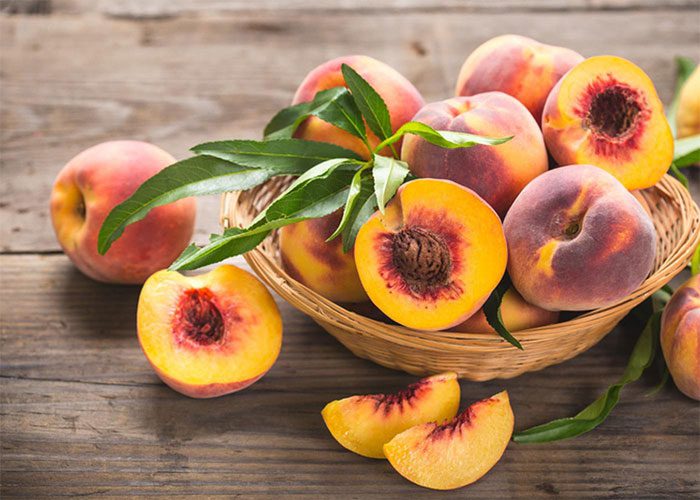The sweet and juicy flavor of many types of fruit has led many people to mistakenly believe that these fruits can cool the body and quench thirst during hot summer days.
Discussing the application of the yin-yang properties of food for healthy eating, Dr. Ngo Quang Hai, a permanent member of the Vietnam Acupuncture Association, stated that in traditional Chinese medicine, the temperature properties of food are categorized into five levels: hot, warm, neutral, cool, and cold.
During the hot summer weather (characterized as yin), it is important to increase the consumption of cooling foods (characterized as yang) to balance the body temperature with the environment.
Summer is the season for many tropical fruits that are vibrant, colorful, and sweet, bringing a refreshing sensation. However, many fruits that are considered hot and should be consumed in moderation during the summer are still popular because they are considered “delicious and soothing.”
Below are three types of fruits with heating properties that experts recommend limiting during the summer.
Pomegranate
A medium-sized pomegranate provides about 16 mg of vitamin C, which accounts for approximately 18% of the recommended daily value; 28% of the daily recommended intake of vitamin K for women, and 21% for men.

Pomegranates are hot in nature and should only be eaten once at a time and twice a week to avoid internal heat. (Image: SKDS).
Additionally, a medium pomegranate offers 2 g of healthy fats, 29 g of carbohydrates, 6 g of fiber, and 3 g of protein. Regular consumption of pomegranates is beneficial for bones, cartilage, and muscles; increases antioxidant capacity; helps regulate blood sugar levels, and is good for those with hypertension.
Pomegranates are juicy and have a sweet, delicate flavor that provides a refreshing experience when consumed. However, due to their warming properties, you should avoid eating them frequently to prevent excessive internal heat and the development of pimples.
Sapodilla
In 100 g of sapodilla, there are 18 mg of calcium (10% of the daily recommended intake), 14.65 g of carbohydrates, 14.5 mg of vitamin C, 0.49 mg of iron, 2.23 g of fiber, 1.52 g of protein, and 32 mg of phosphorus. Including sapodilla in your diet can aid in weight loss, support bone and dental health, enhance antioxidant capacity, improve digestion, and prevent anemia. Therefore, this fruit is considered a “miracle fruit” for dieters and menstruating women.

Sapodilla is hot in nature and should only be consumed twice a week in summer to avoid constipation and pimples. (Image: SKDS).
The flesh of the sapodilla is creamy white, soft, and sweet. Contrary to popular belief, sapodilla has warming properties and can exacerbate constipation if consumed in excess. It is advisable to eat 1-2 fruits per day and not exceed 2 times a week.
Peach
According to nutrition experts, 100 g of peach contains 9.54 g of carbohydrates, 9 mg of calcium, 9 mg of magnesium, 11 mg of phosphorus, 190 mg of potassium, 6.6 mg of vitamin C, and 2.6 μg of vitamin K.
Peaches are a fruit with numerous health benefits: they are good for heart health, boost immunity, aid digestion, and improve skin appearance.

Peaches have a distinct sweet and sour taste and possess warming properties, so they should not be consumed frequently in summer. (Image: SKDS).
In traditional Chinese medicine, peaches are sweet and sour with warming properties, which are not suitable for individuals with nosebleeds, oral ulcers, or dry mouth. Eating too many peaches in one day can increase caloric intake, leading to energy surplus, discomfort, and internal heat. It is recommended to consume one peach a day to gain nutrients without causing internal heat.
Nutrition experts suggest incorporating cooling (yang) and cold (yin) fruits suitable for summer, such as watermelon, pears, raspberries, oranges, tangerines, grapefruit, dragon fruit, pineapple, ripe bananas, papayas, strawberries, and grapes.



















































